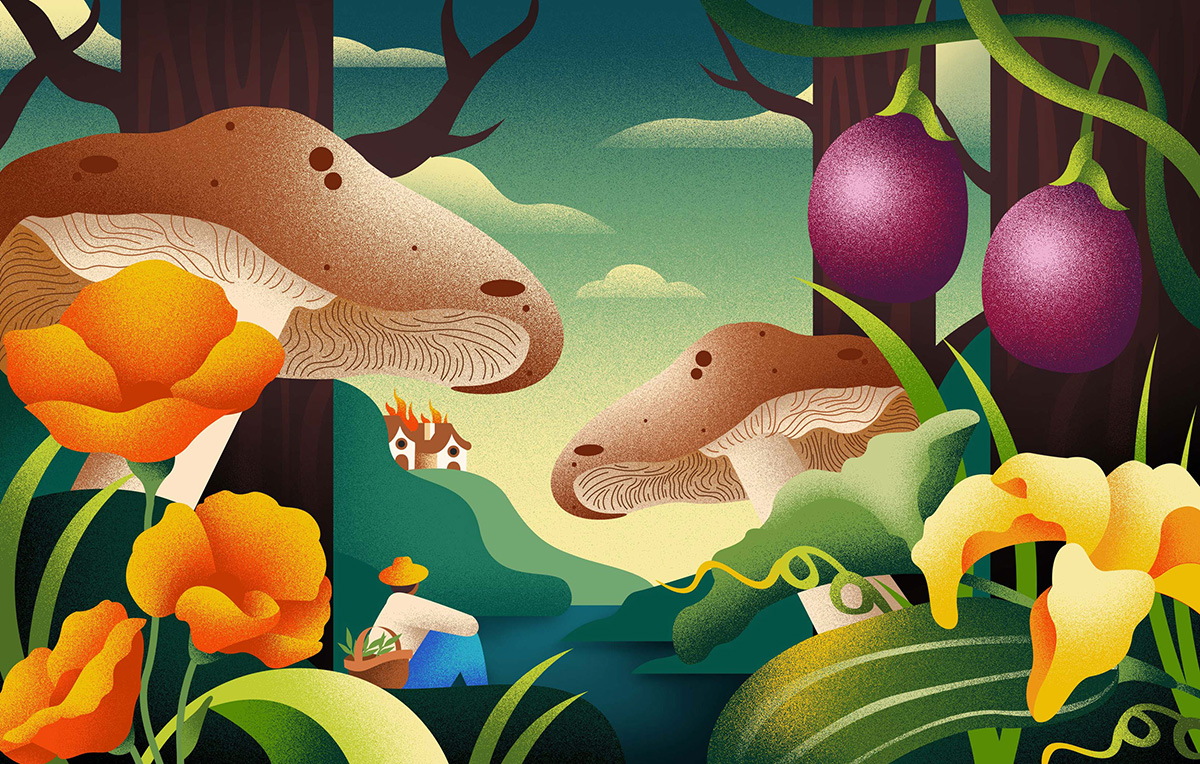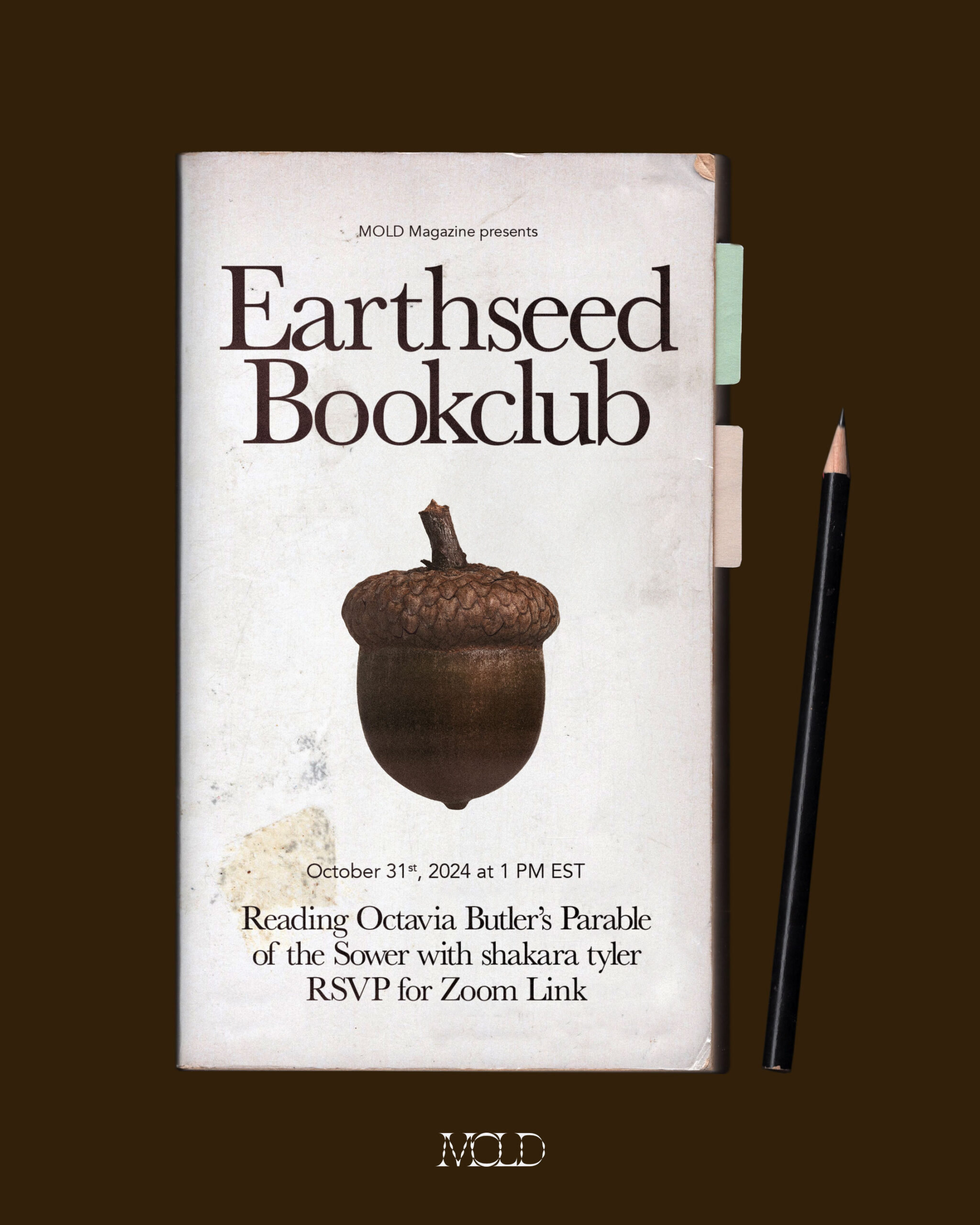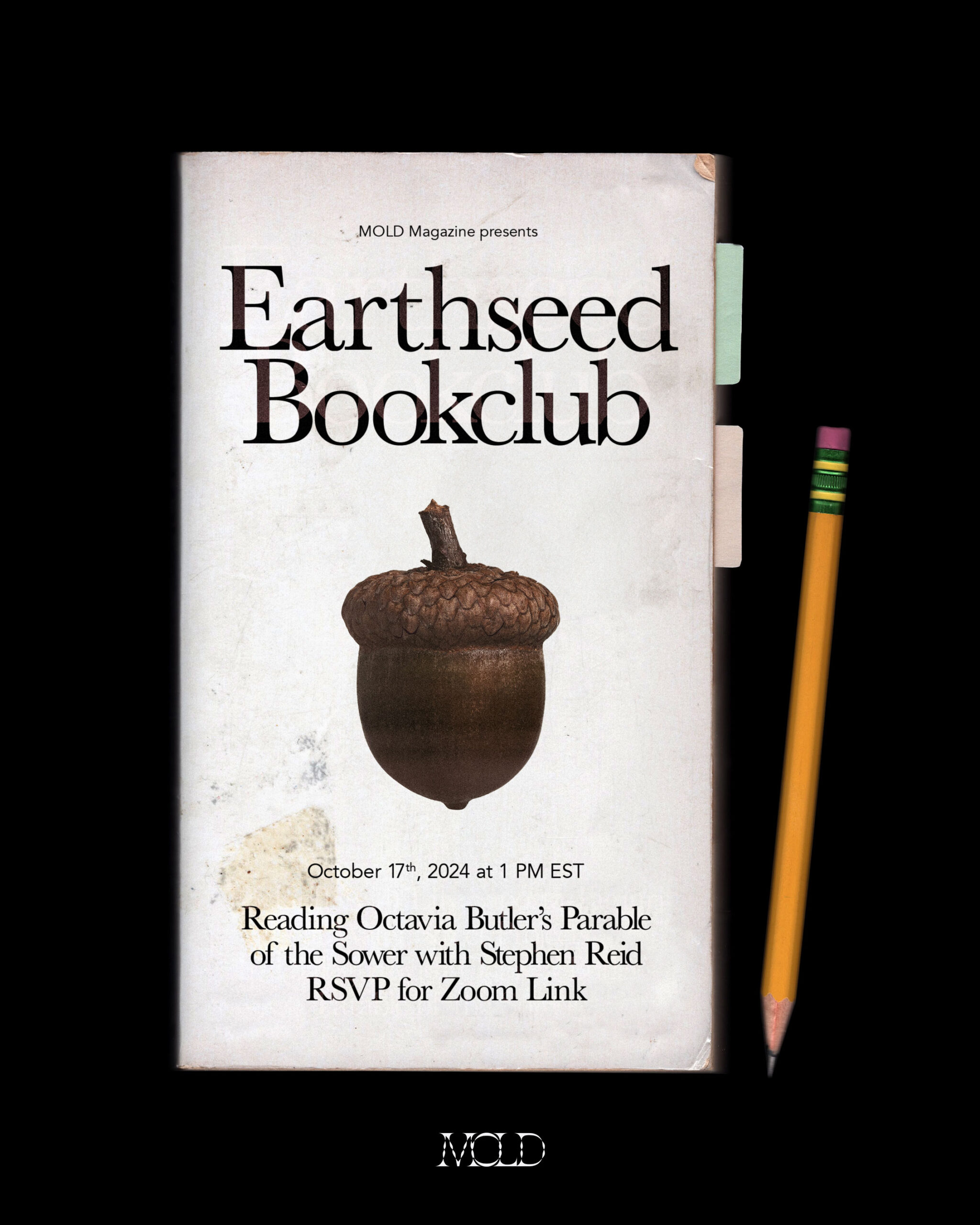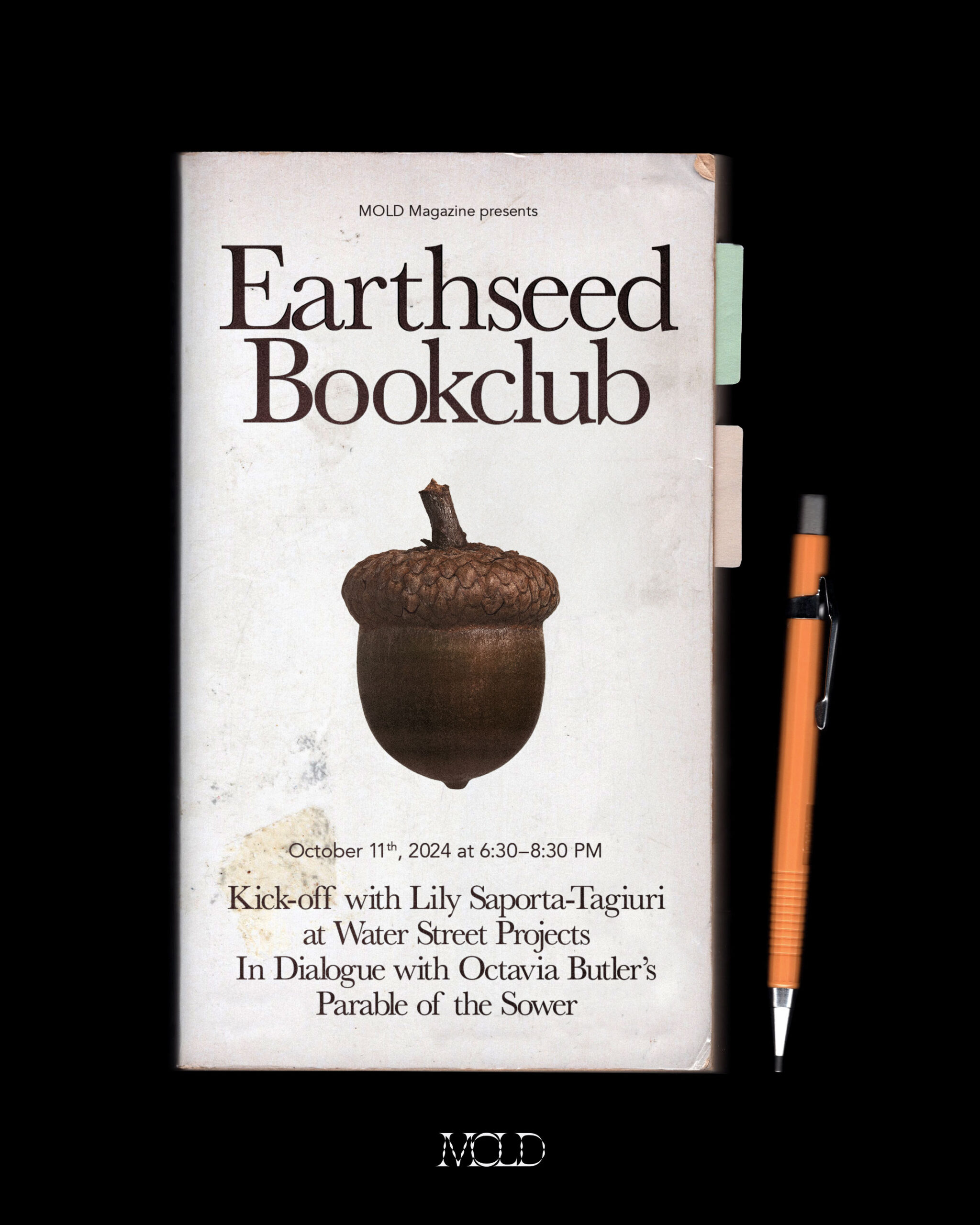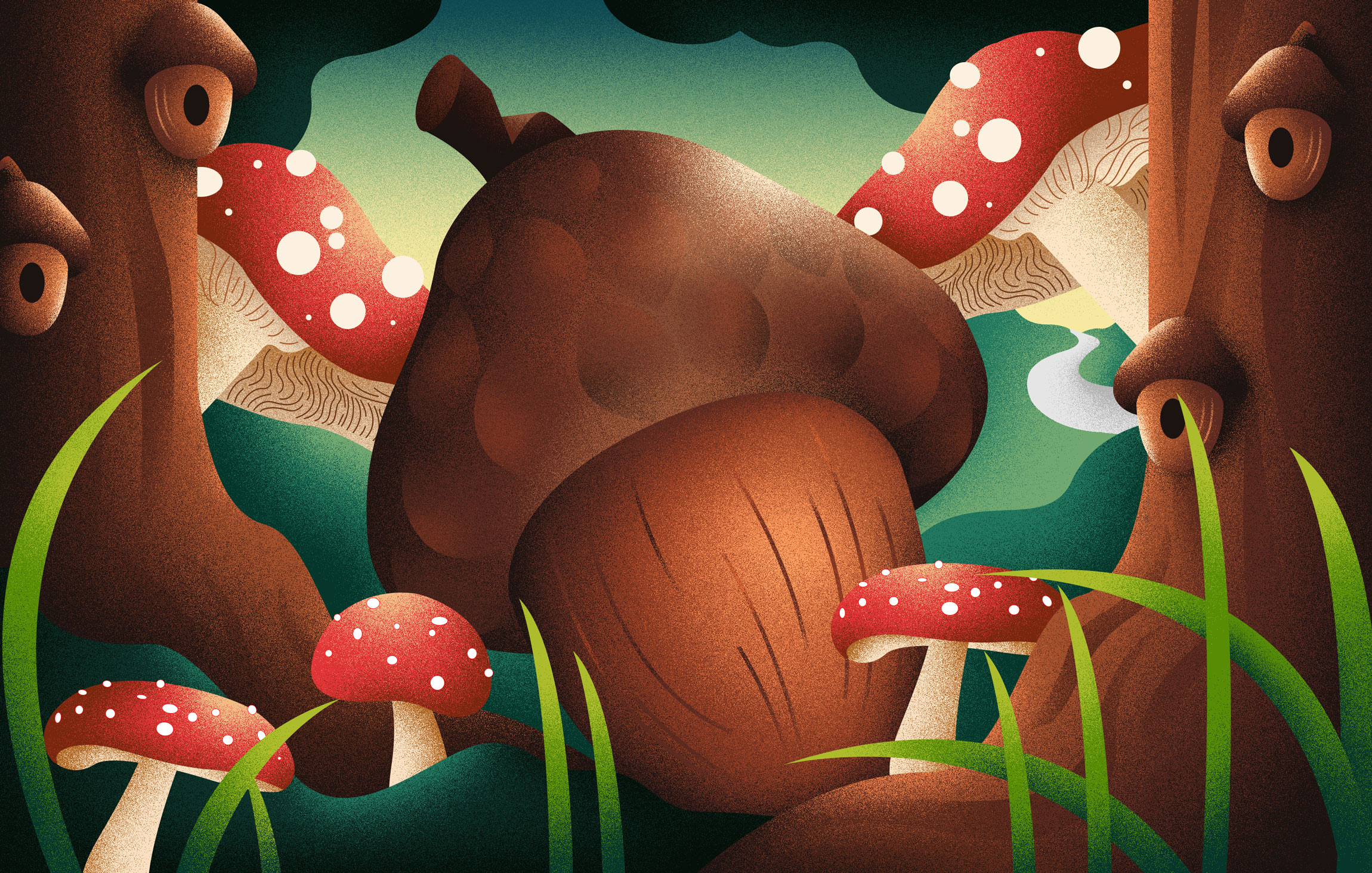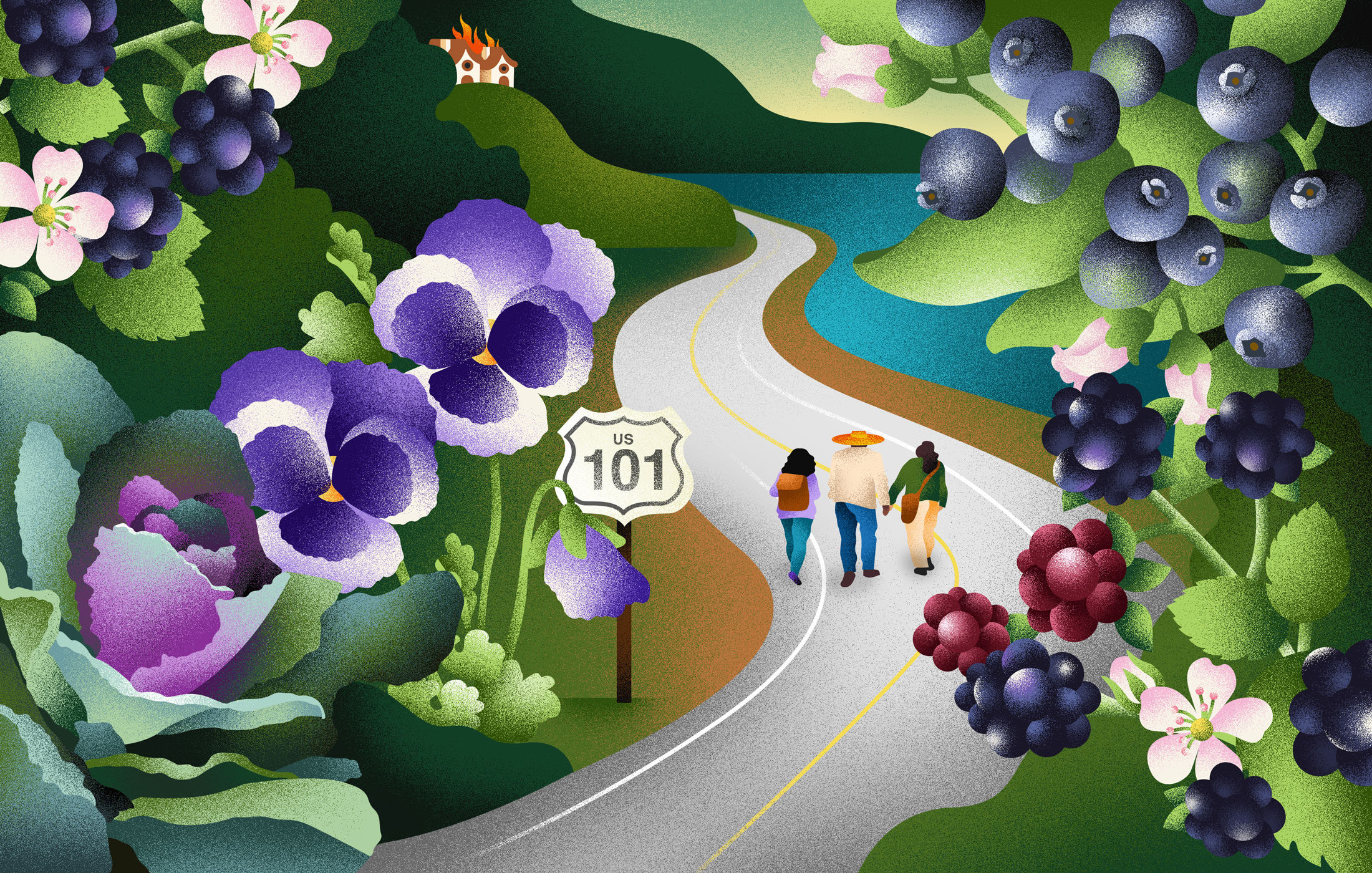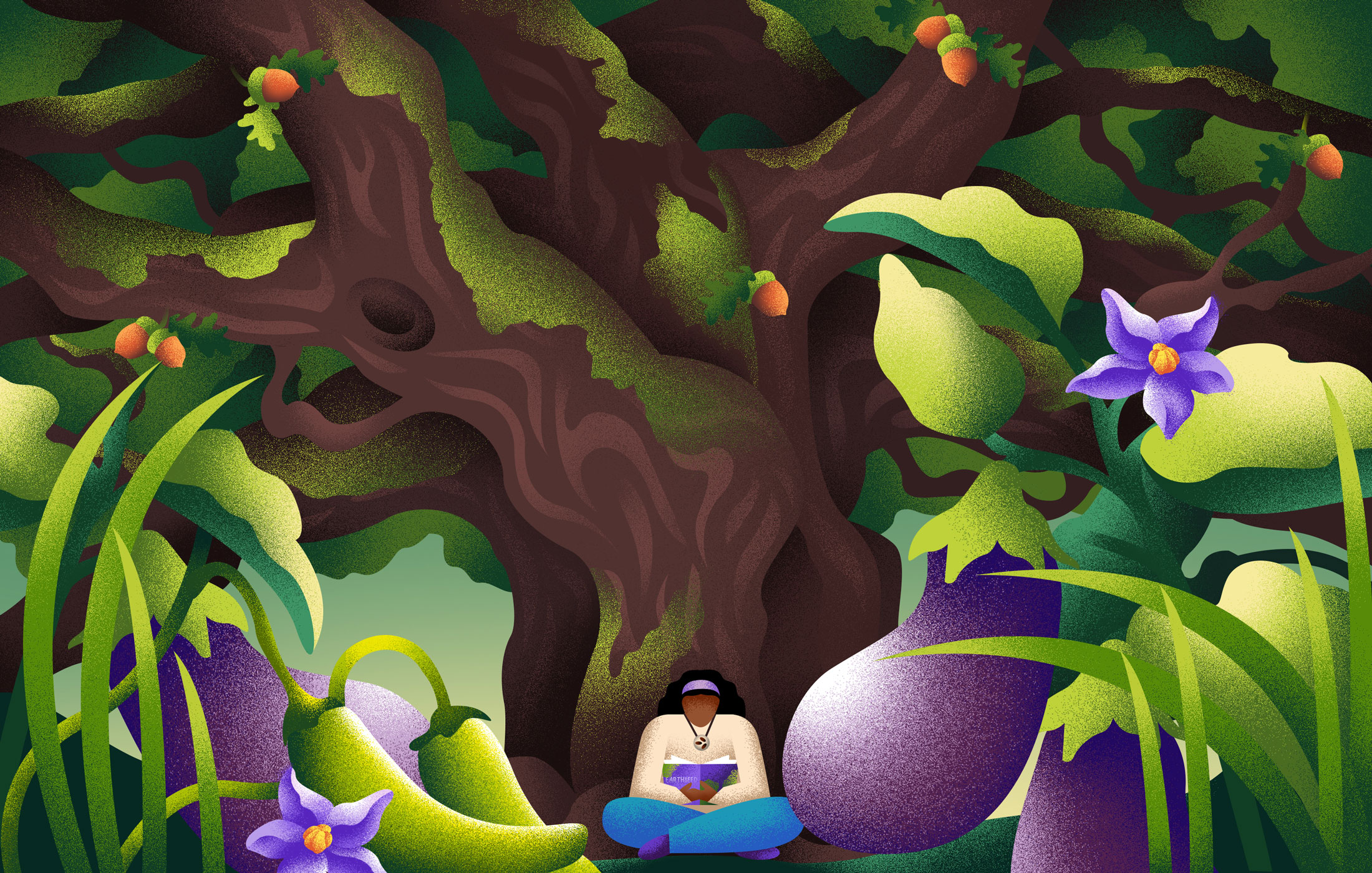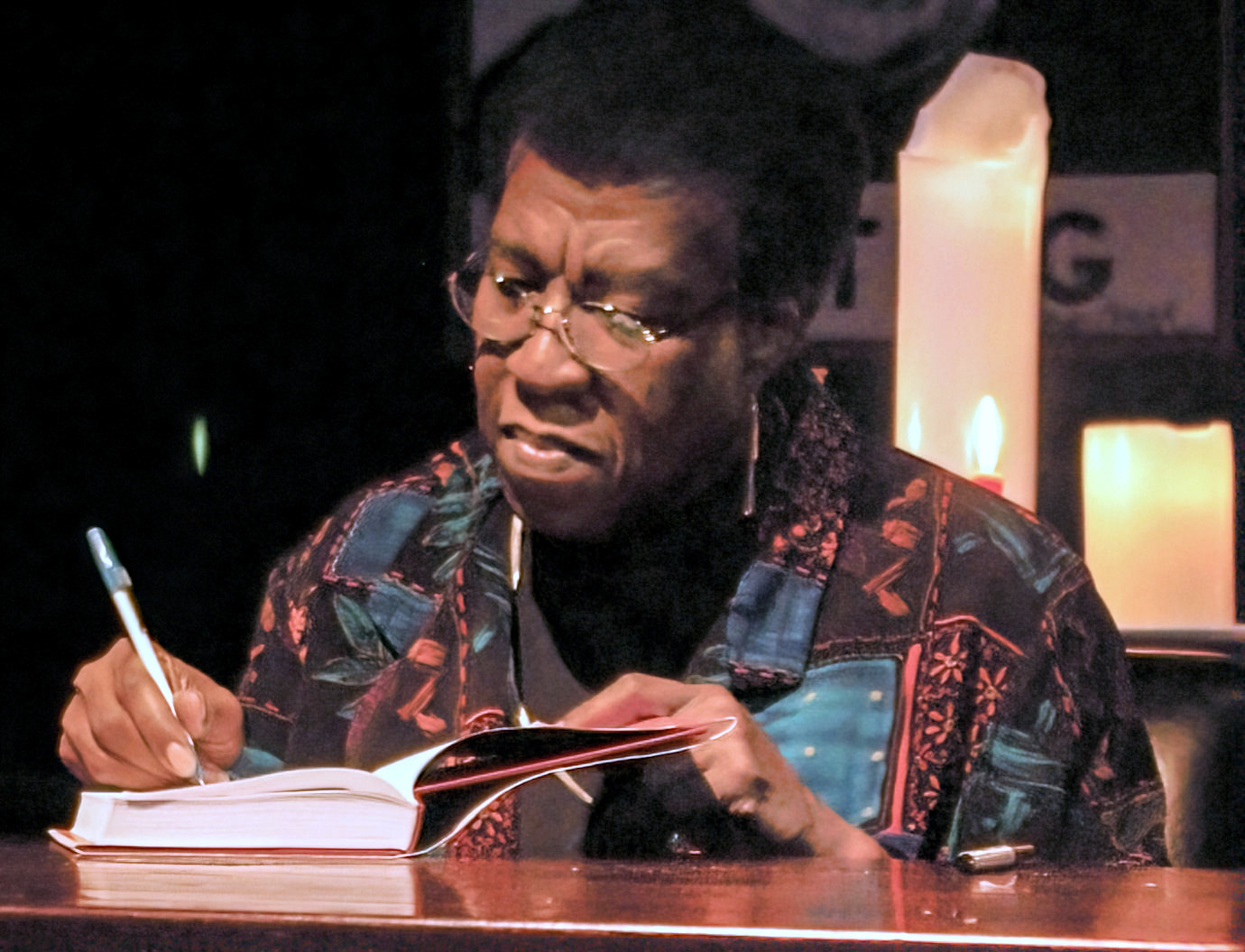This piece is a part of our series Earthseed, which explores Parable of the Sower’s legacy in shaping our current attitudes toward food futures.
All that you touch
You Change.All that you Change
Changes you.The only lasting truth
Is Change.God
Is Change.
– Earthseed: Book of the Living
Siddhartha Gautama, most commonly referred to as the Buddha, is quoted as saying, “Nothing is permanent. Everything is subject to change. Being is always becoming.” Heraclitus, the pre-socratic Philosopher expressed “There is nothing permanent except change.” Theoretical physicist Stephen Hawking says, “Intelligence is the ability to adapt to change.”
From the ever-expanding universe on the cosmological scale to the fluctuating particles and antiparticles on the quantum level, these historical figures seemed to deeply comprehend the universal law of change and its inevitability. Somewhere in between universal expansion and quantum quarks, I was attempting to form my own relationship to change on Earth, with nature as the conduit.
Change is inherently a chaotic process. This was reflected to the extreme when COVID unexpectedly happened, and created a worldwide change that was abrupt and disruptive – it is no coincidence that the radical approach to change presented in Octavia Butler’s Parable of a Sower, was born out of a pandemic, in which Octavia’s speculative world is referenced to as “the Pox” — short for apocalypse.
In the books, Bankole, an early member of Earthseed and Lauren Olamina’s partner, writes “I have read that the Pox was caused by accidentally coinciding climactic, economic and sociological crises,” Bankole writes. “It would be more honest to say that the Pox was caused by our own refusal to deal with obvious problems in those areas. We caused the problems: then we sat and watched as they grew into crises.’
Amidst the isolation of the COVID crisis, I was in Brooklyn struggling to find a way to express my budding passion for gardening, while living in a small studio apartment with only 1 North-facing window.
Since COVID naturally put a pause on my work in nightlife as a DJ and event curator, I utilized my extra time to indulge myself in gardening, growing food and spending time in nature. With the world being viciously thrust into a new paradigm, I found stability by digging my hands in the soil, serenity through gazing at the alluring flowers, and structure through the consistency of the changing seasons. The more I grew and nourished my plants, I was equally nourished and grew in a similar fashion.
Itching for an avenue to express my love for creating green spaces and transforming gardens, I watched entire seasons of the horticulturalist Monty Don’s garden transformation show “Big Dreams, Small Spaces”, and sought connection with nature through extended hikes, backwoods camping and backpacking on the Appalachian trail.
I set up a plant-growing station with LED lights in the small space next to my kitchen and practiced growing easy vegetables and herbs like basil, lettuce and parsley from seed. I grew mushrooms on the kitchen counter, and placed a worm compost bin under the bed. Although the worms provided fresh vermicompost for my plants and seedlings, my then girlfriend found the thought of sleeping on top of worms slightly repulsive.
Soon, my vision for green spaces outgrew my small, studio environment, and the discomfort drove me to move back across the coast to sunny Los Angeles where space and sunlight were both in abundance. When I found my home in South LA, I immediately fell in love with the California mediterranean climate and the native plants that inhabited it.
Through books, workshops and lectures, I quickly got up to speed on California native plants and the unique environmental challenges that SoCal faced, such as extensive droughts and unforgiving wildfires. I was amazed how native plants like California Sagebrush (Artemisia californica), adapted its leaves to have a needle-like shape, curled edges and glandular hairs, helping the plant to save water in the hot and dry California summers. Nature itself has always offered simple lessons in resilience and transformation
As my knowledge of the environment increased, my personal garden expanded. I learned about a program offered by the Los Angeles Department of Water and Power that provided financial reimbursements for removing your grassy lawn, and replacing it with mulch and drought-tolerant or native plants. Lauren’s Earthseed philosophy teaches that change is inevitable, however we can shape it to our benefit. In this spirit, I jumped on the opportunity and began plotting how I would accomplish the arduous task of changing my current water-loving lawn into a drought tolerant habitat that provided food, housing and beauty for plants, animals and people alike.
I taught myself Photoshop, and created a rough drawing of my proposed landscape plan, while putting together a detailed plant list, and submitted both to the LADWP for approval. I was approved in two weeks, and guaranteed a reimbursement of almost $3000. I used whatever knowledge I gained from my books and workshops, bought and rented tools, and with the help of a few friends we completely removed my front lawn and replaced it with compost, mulch and native plants.
I built a water- conserving swale to prevent rain runoff from the roof into the streets, and keep it in the garden to naturally replenish plants that edged the perimeter and enjoyed wet feet. I also planted a passionfruit vine that grew to over 25 feet, and provided an overwhelming abundance of intoxicatingly sweet yellow passionfruit.
Once the garden began to shape into its mature form, I provided my neighbors, friends, family and co-workers with a healthy serving of whatever I was growing at the time, which included rosemary, squash, tomatoes, eggplants, and of course, passionfruit. I noticed that my work as an organic gardener and native landscaper seemed to have an inspirational effect on people who heard my story, or saw me gardening in person. It ignited their deep-seeded desire to turn to gardening and enhance their own connections with nature, regardless of their personal situation or available growing space.
The dystopian landscape of Southern California as presented in Parable of the Sower threatened by socio-economic collapse and climate destruction, uncannily mirrors the societal and environmental issues that we presently grapple with. Despite the bleak outlook, it gives us a perspective and a potent insight into how we can avoid a similar fate by adapting to inevitable changes.
The ability to adapt and evolve in response to environmental changes is at the heart of both Earthseed and universal happenings.The environment in this sense, is defined as “the natural world in a particular geographical area, especially as affected by human activity”. However, the second definition lends a different meaning to our understanding of an environment. It can also be defined as ‘the surroundings or conditions in which a person, animal, or plant lives or operates’. Within this context, gardening is a way to combat the inaction that Bankole writes about, a system for cultivating change.
I found that by adapting to the constant changes in my inner environment through nature, I created an equal expression of change in the people and plants in my outer environment. In growing my connection with the earth and accepting its cyclical nature, I was also able to empower others to explore their own connection with nature and the self. Nourishing my plants with compost and mineral-rich rainwater allowed me to nourish my community with garden- fresh herbs, vegetables and fruits. Learning about the resiliency and environmental adaptability of native plants, allowed others to learn and practice those powerful virtues in their own life circumstances.
Through that lens of understanding, gardening offered me a microcosm of how we can adjust our personal environment to respond to the larger environmental and societal crisis. Like Lauren, the creator of Earthseed, I was able to inspire pockets of resilience and sustainability within my surrounding community, by following my purpose and living my vision.
As each inspired individual began their own journey into the realm of land stewardship and cultivation, they procured a visceral understanding of their communal relation to the global environmental changes, and began to clearly envision how their newly found gardening skills could be utilized to adapt to the ominous conditions.
Although the environmental circumstances in Parable of the Sower are somewhat exaggerated, that does not take away from the urgency of our present situation, and the palliative solutions that can be created through gardening. Climate change, water scarcity and landscape erosion play a major part in the man-made destruction of our natural world, and horticultural techniques like water-wise gardening and planting slope-stabilizing plants offer direct remedies.
I now face a daunting change of my own – a grueling divorce, the loss of my home, and the heartbreaking removal of all of the rare native plants from the garden that I spent so much time attending to, thus depriving the community of a beautiful reminder of the impact of a home garden, and dismantling years of hard work and planning. However, I find comfort in knowing that all seasons eventually change. Plants will always grow back. The frigid Winter must soon transition to Spring, bringing with it renewed vigor and unlimited potential.
In my work as the Head Rose Gardener at Southern California’s Huntington Library and Botanic Gardens, I regularly deadhead flowers after their color and vigor has faded. When the lifeless flower is pruned and removed, the entire plant has more energy to pour into new, stronger canes, causing a robust rebloom and producing handsome, green foliage.
Adopting the temperament of nature through acts of resilience and embracing change has allowed me to navigate my current challenges, and cultivate a more sustainable and harmonious world both within and outside myself. Octavia Butler’s Earthseed philosophy reminds me that by embracing change, I can find strength and opportunity, even in tumultuous times.
